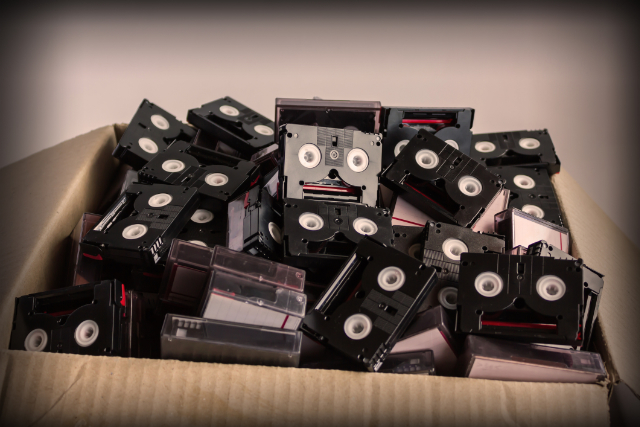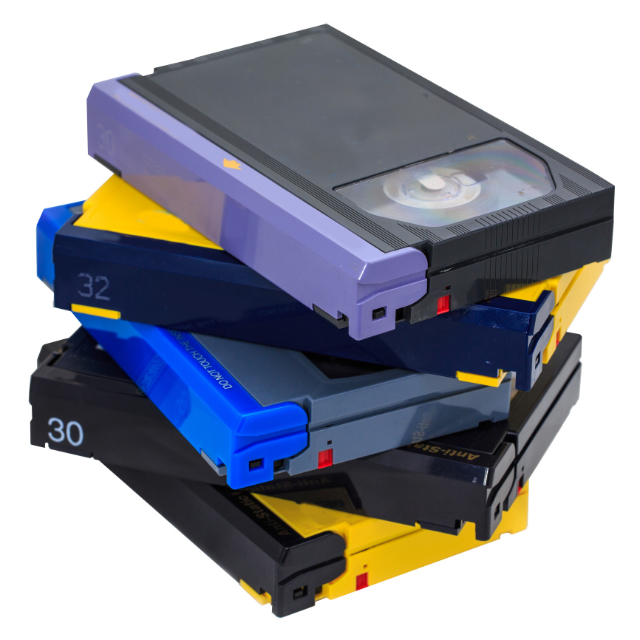
If you were a beta tape enthusiast, then you know that at the time beta tape was released, it was probably the tape that gave you the best picture. Even though most people opted for VHS, that doesn’t mean that VHS was, in any way superior. In fact, most people would tell you that beta tape was definitely the better product. It was just that VHS was cheaper; that was why it took over the market.
Advantages of DVDs and Digital Videos
Now, of course, both beta tape and VHS have been replaced by DVD or digital videos which have many advantages. First of all, a DVD lasts a lot longer than any kind of tape—VHS or Betamax. And if you digitize your videos, they will always be available to you in some form or the other. You can store them on your computer, on your phone, in the cloud or on memory sticks. This is why it’s a good idea to digitize all your beta tapes before they deteriorate completely.
Video Deterioration on Beta Tape

You must have already noticed that there has been some amount of deterioration in the videos you shot on Betamax. Even if you store these tapes in ideal conditions, keeping them away from all kinds of moisture, mold, sunlight, etc., they still won’t last as long as DVDs or digital videos. Deterioration sets in sooner or later, leading to faded colors, breaks in the video, etc.
Transferring Beta Tape to DVD or Digital
If your beta tapes are still in tolerably good condition and you can see an entire video (or a video with just a few breaks here and there) then you might want to get them transferred to DVD or a digital format right away. This will ensure that you hold on to those memories for as long as you desire. Plus, it also becomes easier for you to share these videos with friends and family members through your phone or email.
Contact us to learn more about transferring your videos from beta tape to DVD.
The post Avoid Video Deterioration by Transferring from Beta Tape to DVD or Digital appeared first on Advanced Media Integration.
